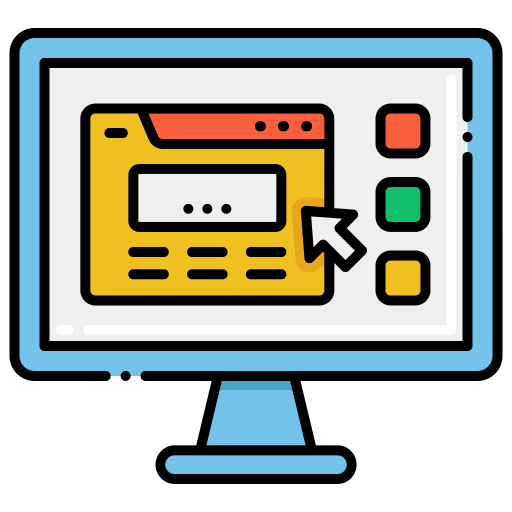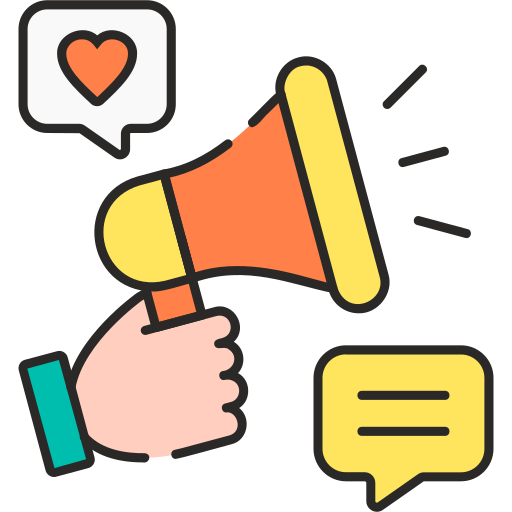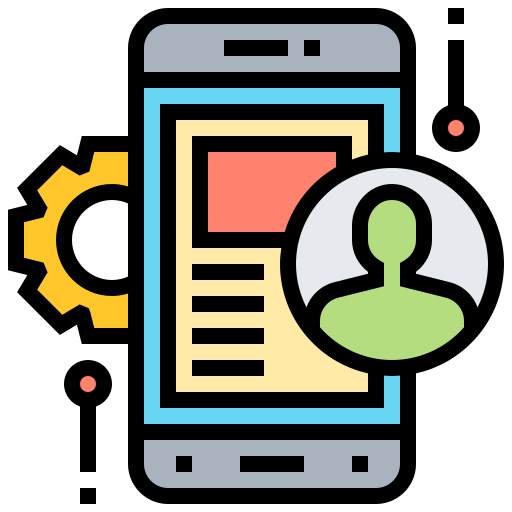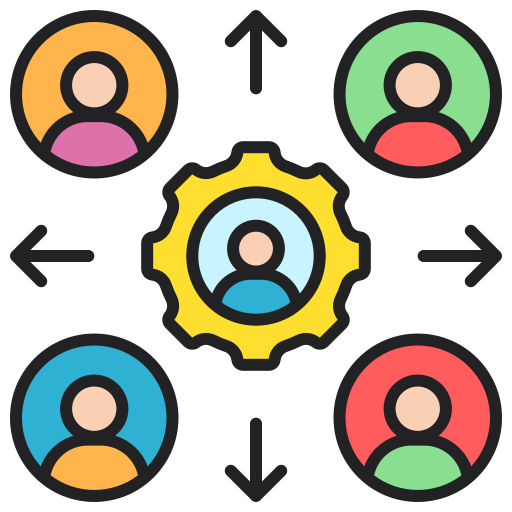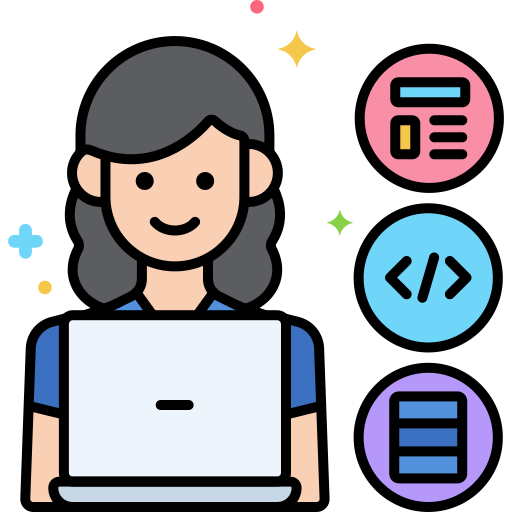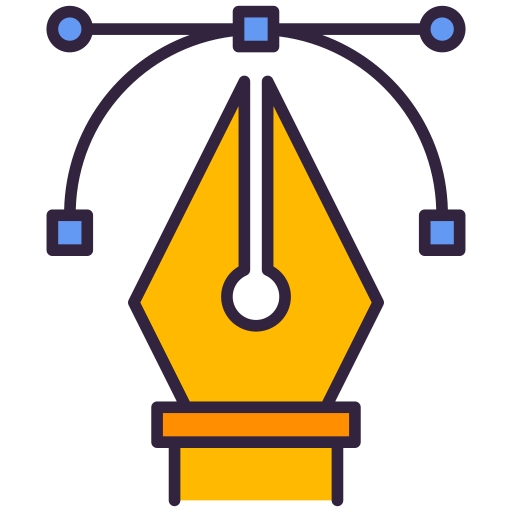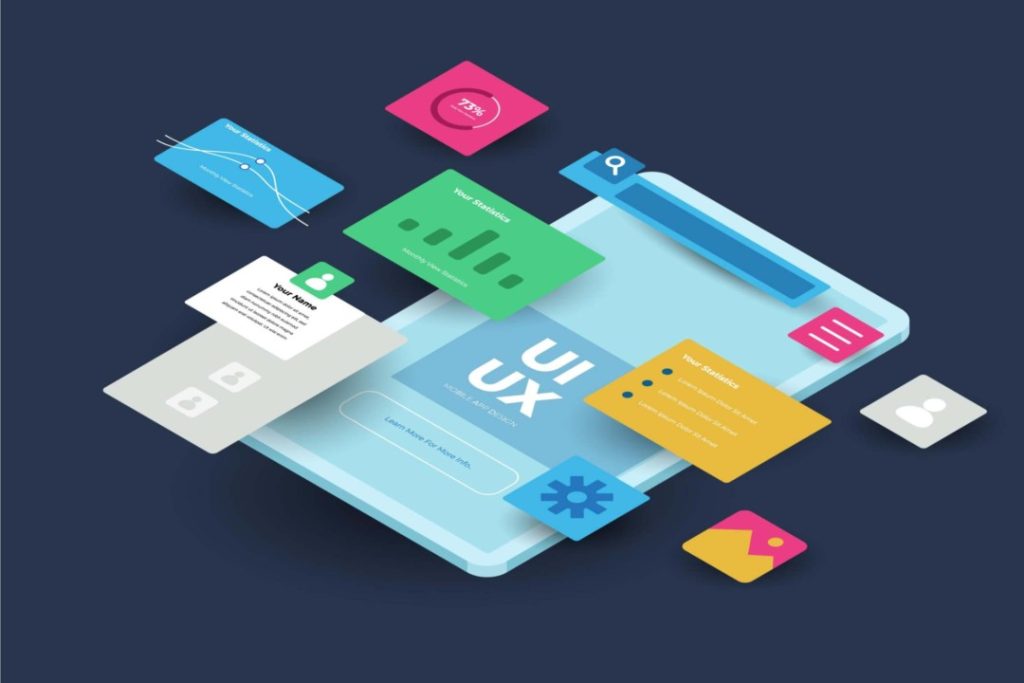In these days’s digital technology, the synergy among picture layout and UI/UX layout performs a pivotal role in crafting exceptional consumer reviews. While picture design focuses on aesthetics, UI/UX guarantees usability and capability, growing a cohesive enjoy for customers. Mastering these disciplines is vital for corporations aiming to depart an enduring influence. Here’s a manual that will help you navigate the intricacies of picture layout and UI/UX to create seamless person experiences.
Understanding the Basics
What Is Graphic Design?
Graphic layout is the artwork of visually speaking thoughts thru typography, color, imagery, and format. It makes a speciality of making digital and print content visually attractive and steady with logo identification.
What Is UI/UX Design?
- UI (User Interface) Design: Involves designing the appearance and sense of a virtual interface, ensuring it’s far visually attractive and aligned with the brand.
- UX (User Experience) Design: Focuses on optimizing the general interaction among the user and the product, ensuring a easy and intuitive experience.
While these are wonderful fields, their overlap ensures each aesthetic appeal and usability.
Key Tips for Mastering Graphic and UI/UX Design
1. Focus on User-Centric Design
- Understand Your Audience: Conduct user studies to pick out the alternatives, pain factors, and expectations of your target demographic.
- Create User Personas: Develop profiles representing regular customers to guide your layout selections.
2. Prioritize Consistency
- Use a cohesive coloration palette, typography, and layout elements throughout all pages or monitors.
- Maintain consistency in navigation patterns to beautify usability.
3. Simplify Navigation
- Limit the quantity of clicks required to carry out moves.
- Use clear and intuitive menu labels that help customers discover what they’re seeking out.
4. Emphasize Visual Hierarchy
- Guide the user’s eye by way of strategically placing elements based on importance.
- Use size, comparison, and spacing to attract interest to key functions or movements.
five. Leverage the Power of Typography
- Opt for readable fonts with suitable sizing.
- Pair complementary typefaces to create a refined look whilst preserving clarity.
6. Design for Accessibility
- Ensure your design is inclusive by using using high assessment and readable textual content sizes.
- Provide opportunity textual content for photographs and make certain navigability for users with disabilities.
7. Incorporate Feedback Loops
- Implement interactive elements like hover states or mistakes messages to guide customers effectively.
- Gather person remarks and iterate designs to enhance capability.
eight. Stay Updated with Trends
- Adopt contemporary layout tendencies which includes minimalism, darkish mode, and micro-interactions.
- Ensure your designs are responsive to cater to numerous devices.
Tools to Elevate Your Skills
- Graphic Design Tools: Adobe Photoshop, Illustrator, Canva
- UI/UX Design Tools: Figma, Adobe XD, Sketch
- Prototyping Tools: InVision, Axure RP
These tools streamline your workflow and enable you to create expert designs.
Measuring Success
- Use analytics equipment like Google Analytics or Hotjar to track user behavior.
- A/B take a look at design elements to decide what works satisfactory.
- Monitor key metrics which includes bounce fees, consultation length, and conversion quotes to assess overall performance.
Conclusion
Mastering image design and UI/UX is a dynamic manner that requires creativity, technical talents, and a consumer-first approach. By focusing at the recommendations mentioned above, you can create designs that are not simplest visually appealing however additionally intuitive and useful. The ultimate aim is to provide users with a seamless revel in that continues them coming back.

